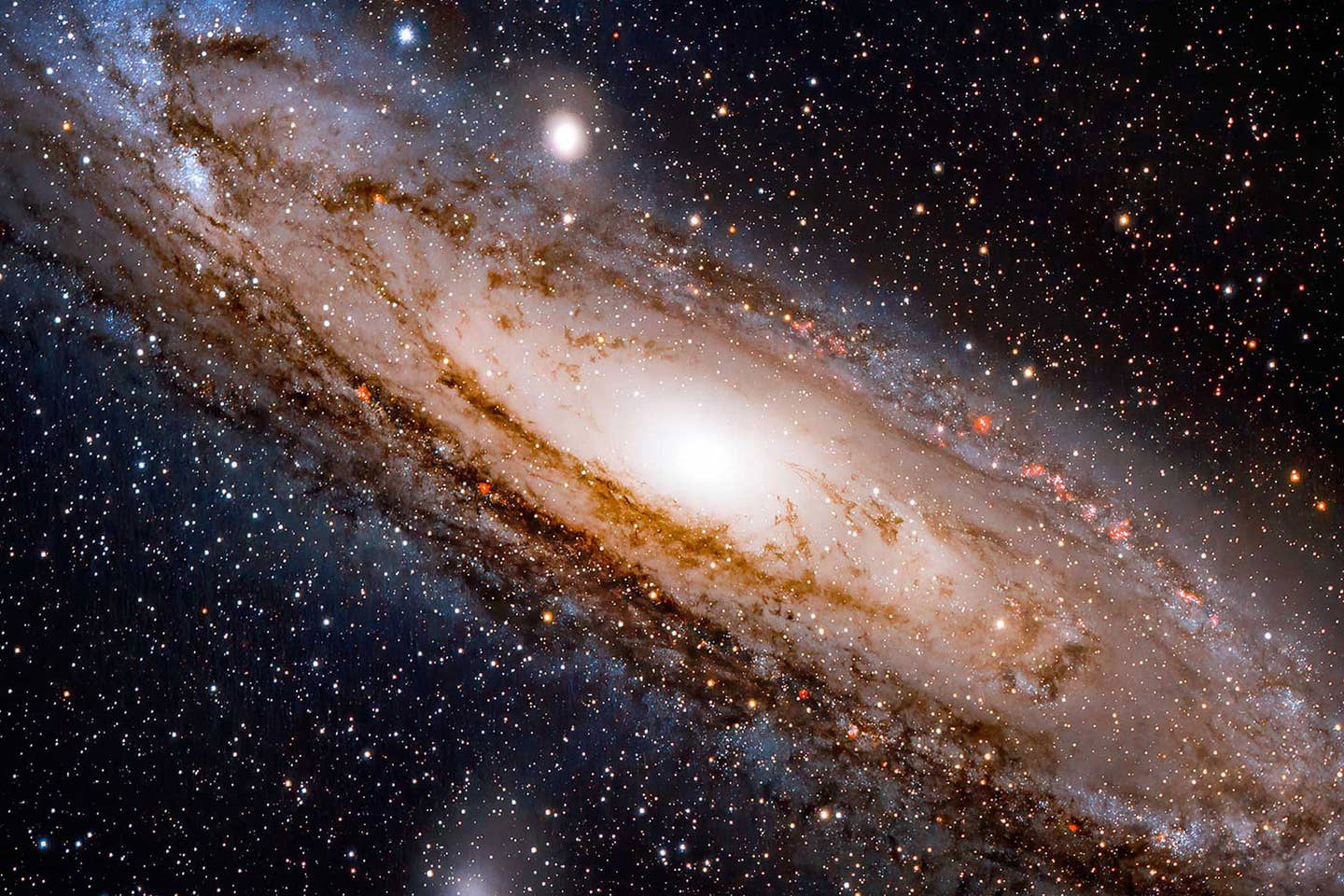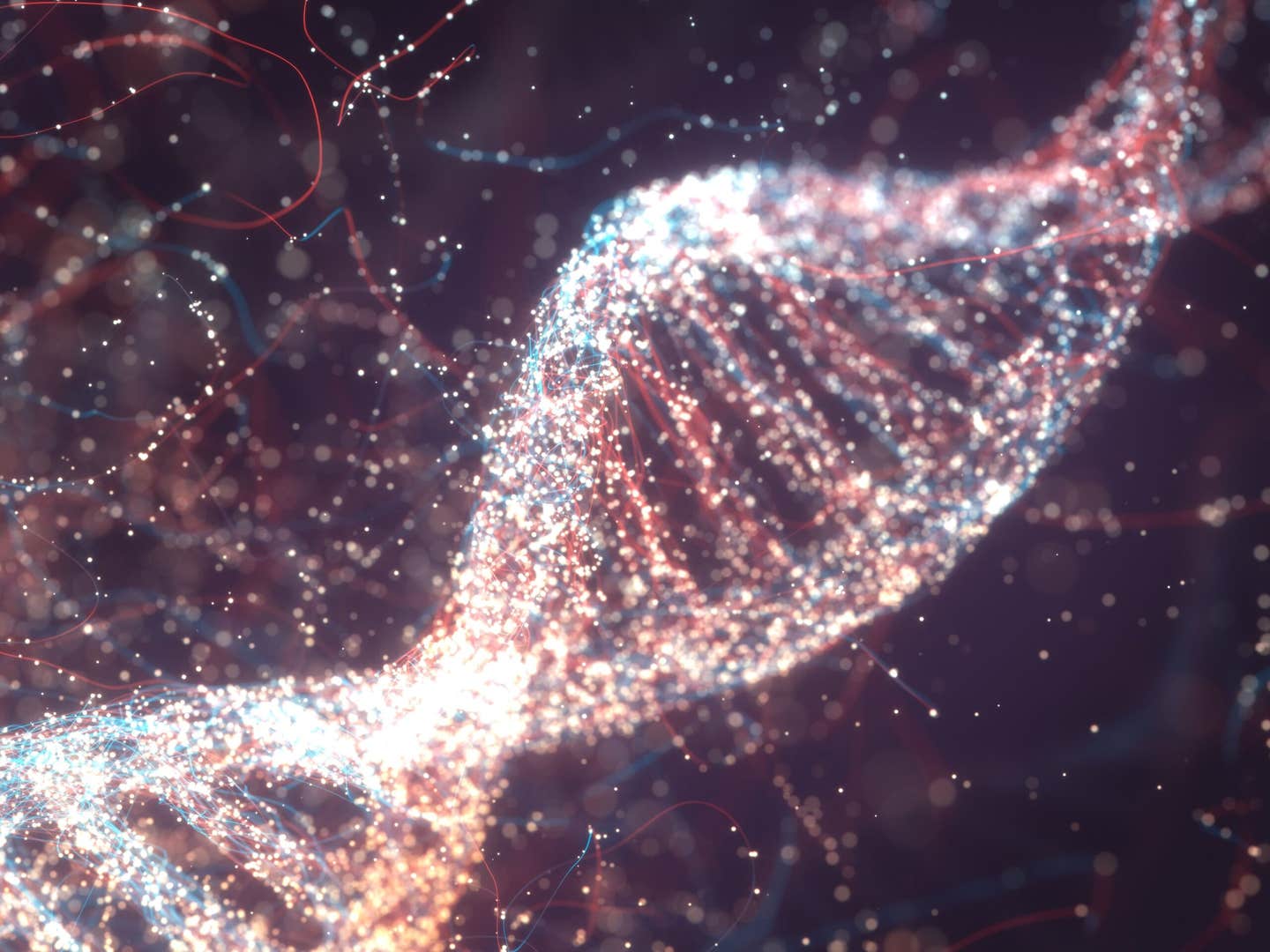Which came first – black holes or galaxies?
Research suggests that black holes might have acted as catalysts for the birth of stars during the universe’s first 50 million years.

Using the James Webb Space Telescope, astronomers observed distant galaxies from the early universe. (CREDIT: Creative Commons)
New findings from the James Webb Space Telescope have opened up a new chapter in our understanding of the cosmos. Contrary to previous theories, black holes—those enigmatic regions where gravity's grip is so strong that not even light can escape—may have played a crucial role in shaping the universe from its very infancy.
The study, led by Joseph Silk, a professor of physics and astronomy at Johns Hopkins University and Institut of Astrophysics, Paris, Sorbonne University, challenges conventional wisdom about the formation of black holes and galaxies.
"We know these monster black holes exist at the center of galaxies near our Milky Way, but the big surprise now is that they were present at the beginning of the universe as well," Silk remarked.
Published in the Astrophysical Journal Letters, the research suggests that black holes might have acted as catalysts for the birth of stars during the universe's first 50 million years. This finding stands in stark contrast to previous beliefs that black holes formed later, after the emergence of the first stars and galaxies.
Related Stories
Using the James Webb Space Telescope, astronomers observed distant galaxies from the early universe. These galaxies appeared much brighter than expected, teeming with young stars and supermassive black holes. This unexpected brightness hints at a previously unrecognized link between black holes and star formation.
Silk's team proposes a two-phase model for the early universe. In the first phase, high-speed outflows from black holes accelerated star formation at an unprecedented rate. This rapid star formation was fueled by the crushing of gas clouds by the intense gravitational forces generated by black holes.
"The big surprise is that there was a seed in the middle of that cloud—a big black hole—and that helped rapidly turn the inner part of that cloud into stars at a rate much greater than we ever expected," Silk explained.
The transition in star formation rates and black hole growth as redshift decreases from regimes where positive feedback dominates to a later epoch when feedback is largely negative. (CREDIT: Astrophysical Journal Letters)
As the universe aged, these powerful outflows transitioned into a state of energy conservation, slowing down the rate of star formation. However, their impact on the formation and evolution of galaxies persisted.
The implications of these findings are profound. They challenge our understanding of how galaxies form and evolve over time. "They really boosted everything, like gigantic amplifiers of star formation, which is a whole turnaround of what we thought possible before," Silk noted.
Research suggests that black holes might have acted as catalysts for the birth of stars during the universe's first 50 million years.(CREDIT: Creative Commons)
The study's authors emphasize the importance of further observations by the James Webb Space Telescope. With more precise data on stars and black holes in the early universe, scientists hope to confirm and refine their calculations.
"The big question is, what were our beginnings?" Silk pondered. "Within a year, we'll have so much better data, and a lot of our questions will begin to get answers."
Colin Norman, Rosemary F. G. Wyse, Mitchell C. Begelman, and Adi Nusser, among others, contributed to this groundbreaking research.
These galaxies appeared much brighter than expected, teeming with young stars and supermassive black holes. (CREDIT: ESA/Webb, NASA & CSA, A. Martel)
The team received support from various organizations, including the Israel Science Foundation, the Asher Space Research Institute, and the Schmidt Futures program.
As scientists delve deeper into the mysteries of the cosmos, each discovery brings us closer to unraveling the secrets of our universe's origins and evolution.
Note: Materials provided above by The Brighter Side of News. Content may be edited for style and length.
Like these kind of feel good stories? Get the Brighter Side of News' newsletter.
Joshua Shavit
Science & Technology Writer | AI and Robotics Reporter
Joshua Shavit is a Los Angeles-based science and technology writer with a passion for exploring the breakthroughs shaping the future. As a contributor to The Brighter Side of News, he focuses on positive and transformative advancements in AI, technology, physics, engineering, robotics and space science. Joshua is currently working towards a Bachelor of Science in Business Administration at the University of California, Berkeley. He combines his academic background with a talent for storytelling, making complex scientific discoveries engaging and accessible. His work highlights the innovators behind the ideas, bringing readers closer to the people driving progress.



